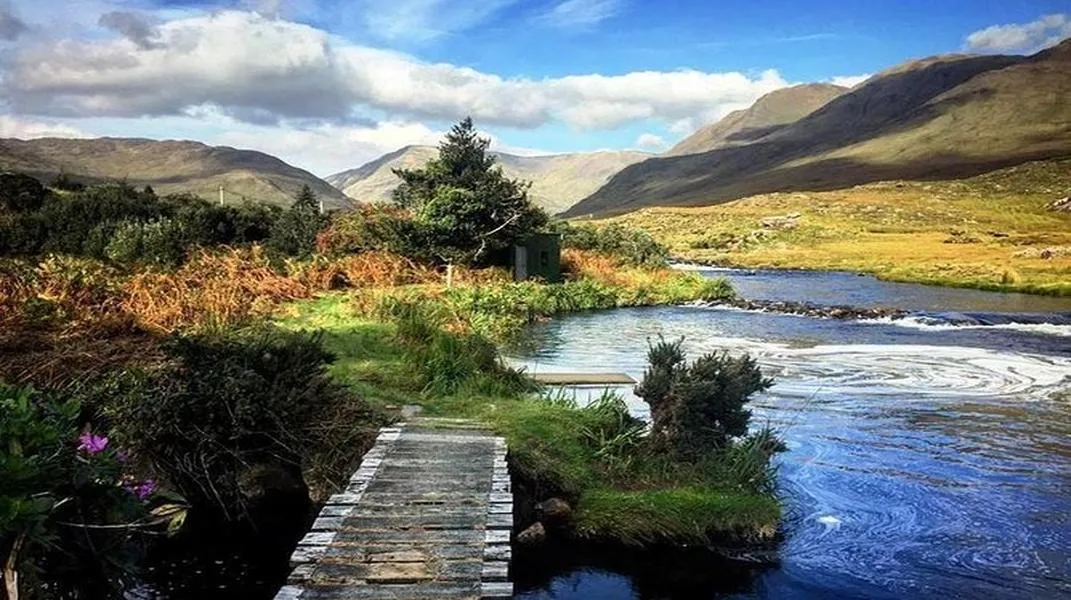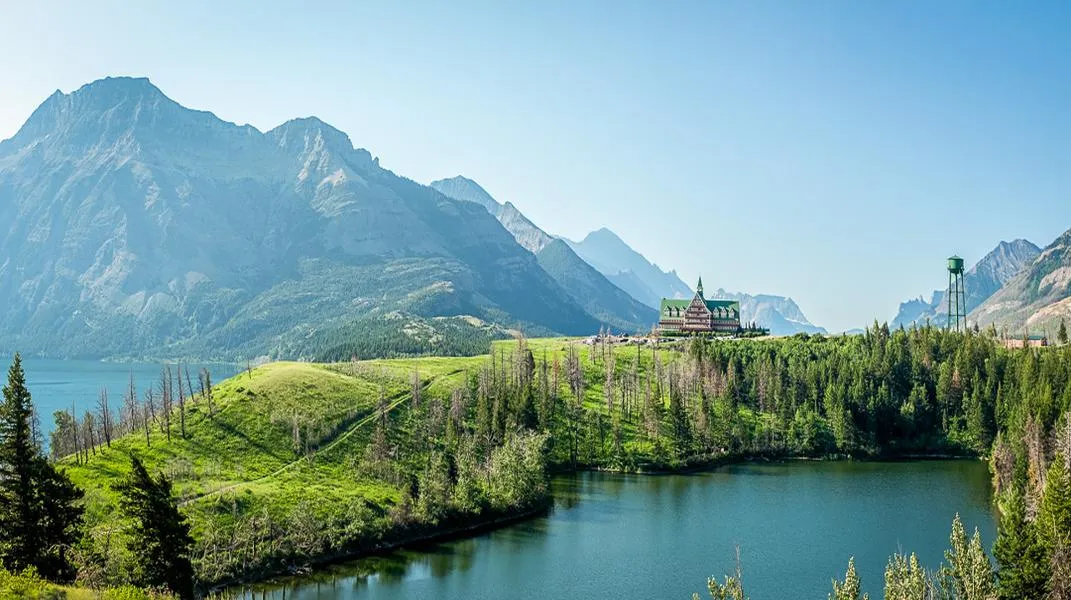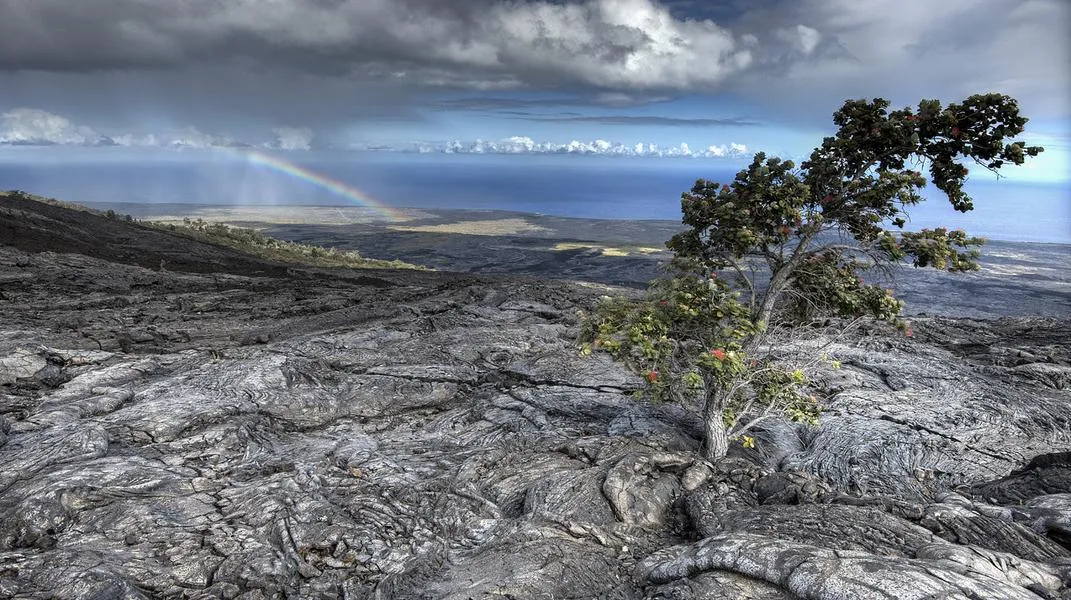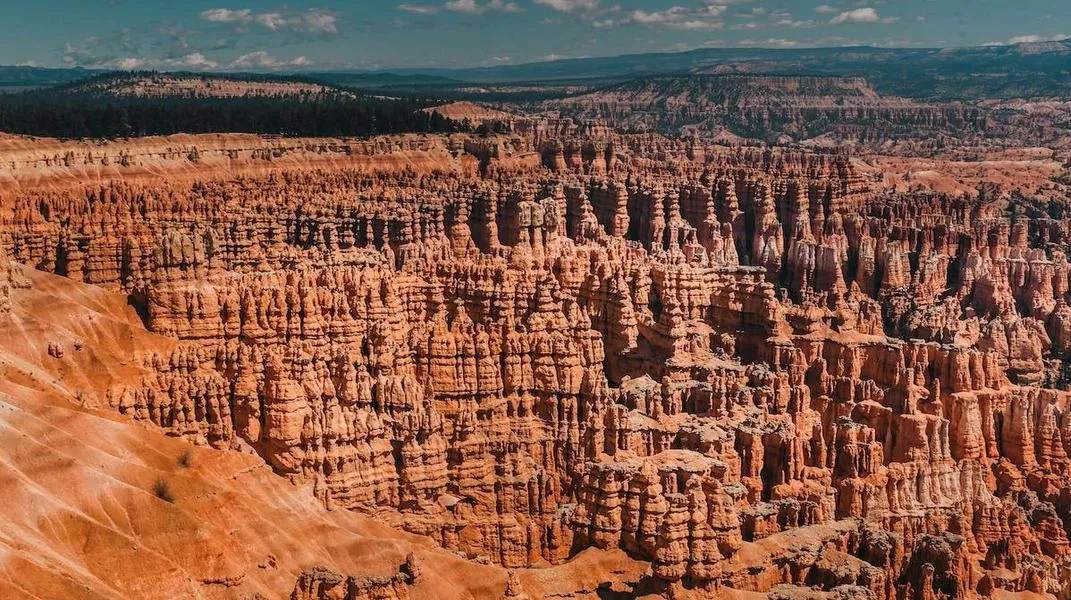Discovering the Wonders of Guadalupe Mountains National Park
Nestled in the far western tip of Texas, Guadalupe Mountains National Park stands as a testament to nature’s grandeur. Spanning over 86,000 acres, this park offers an awe-inspiring blend of rugged mountain peaks, pristine wilderness, rich cultural history, and diverse ecosystems. It is a paradise for outdoor enthusiasts, hikers, campers, and anyone seeking to immerse themselves in the beauty of the great outdoors. This article aims to provide a comprehensive guide for visitors wishing to explore this stunning national park, detailing its attractions, activities, and essential preparations for a memorable visit.
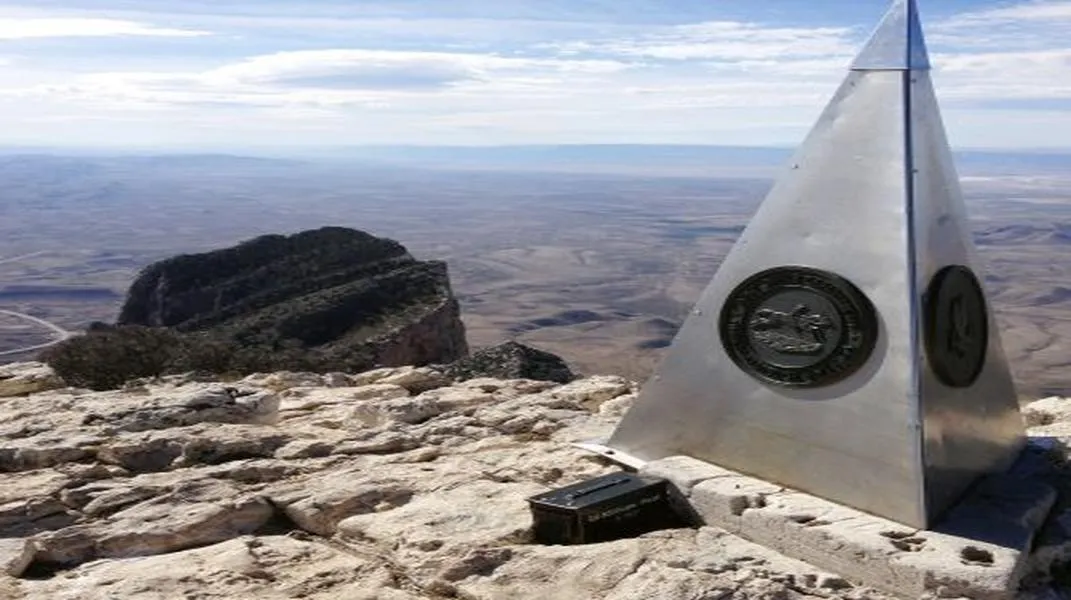
A Landscape of Majestic Peaks
At the heart of Guadalupe Mountains National Park lies the Guadalupe Peak, the highest point in Texas, towering at 8,749 feet. This majestic mountain is a part of the Guadalupe Range, a section of the larger Rocky Mountains. The park is characterized by dramatic limestone cliffs, deep canyons, and lush valleys, which create a striking contrast against the arid desert landscape that surrounds it.
Highlights of the Park
-
Guadalupe Peak Trail
The most popular trail in the park, the Guadalupe Peak Trail is a challenging 8.4-mile round trip that ascends more than 3,000 feet. Hikers are rewarded with panoramic views of the surrounding mountains and valleys at the summit. The trail is well-marked, but due to its elevation gain, it is recommended for those in good physical condition.
-
McKittrick Canyon
Often regarded as one of the most beautiful spots in the park, McKittrick Canyon boasts lush vegetation, seasonal waterfalls, and stunning autumn colors. The 4.8-mile round trip trail leads visitors through a stunning display of nature, featuring sycamore trees, maple trees, and cliffs adorned with colorful rock formations.
-
Frijole Ranch
This historic site offers a glimpse into the early settlers' lives in the region. The ranch house, dating back to the 1800s, has been preserved and provides insights into the cultural history of the area. Visitors can explore the remnants of the ranch and enjoy a picnic amidst the scenic backdrop.
-
Salt Basin Dunes
A unique feature of the park, the Salt Basin Dunes offer a stark contrast to the mountainous terrain. These white sand dunes are composed of crystallized salt and provide a surreal landscape for photographers and explorers. The dunes are a great spot for stargazing, as they are located away from artificial light.
-
Wildlife Viewing
The park is home to a diverse range of wildlife, including mule deer, javelinas, coyotes, and numerous bird species. Early morning or late afternoon is the best time for wildlife viewing. Birdwatchers will be delighted to find several species, including the rare Mexican Spotted Owl and the Golden Eagle.
-
Stargazing
With its remote location and minimal light pollution, Guadalupe Mountains National Park is an excellent place for stargazing. On clear nights, the sky comes alive with a dazzling display of stars, planets, and the Milky Way. The park even hosts occasional astronomy programs for visitors.
Preparing for Your Visit
Visiting Guadalupe Mountains National Park requires thoughtful preparation to ensure a safe and enjoyable experience. Here’s a detailed checklist of what you need to prepare before embarking on your adventure.
Essential Gear and Supplies
-
Hiking Gear
Proper footwear is crucial. Invest in sturdy hiking boots with good ankle support and traction. A comfortable daypack with hydration systems or water bottles will keep you hydrated during your hikes.
-
Clothing
Dress in layers to accommodate varying temperatures throughout the day. Lightweight, moisture-wicking fabrics are ideal for daytime hikes, while warmer clothing is necessary for cooler evenings. Don’t forget a hat and sunglasses for sun protection.
-
Navigation Tools
While the trails are well-marked, carrying a map of the park and a compass or GPS device is wise. Download maps and trail information beforehand, as cell service can be spotty in remote areas.
-
First Aid Kit
A basic first aid kit should include band-aids, antiseptic wipes, pain relievers, blister treatment, and any personal medications. Familiarize yourself with basic first aid practices.
-
Food and Snacks
Pack enough food and snacks for your hikes. Energy bars, trail mix, and jerky are great options for quick energy on the go. Always carry out any food waste to keep the park pristine.
-
Camping Gear
If you plan to camp, ensure you have a quality tent, sleeping bag rated for the season, and a camping stove or grill. A portable water filter or purification tablets can be invaluable for sourcing water from natural streams.
-
Sun Protection
The Texas sun can be intense, so bring sunscreen with high SPF, lip balm, and a wide-brimmed hat to protect against sunburn.
-
Insect Repellent
Depending on the season, mosquitoes and other insects can be prevalent. A good insect repellent can save you from discomfort during your hikes.
-
Camera and Binoculars
Capture the stunning landscapes and wildlife with a camera. Binoculars are great for birdwatching or enjoying distant views.
-
Trash Bags
To maintain the park's beauty, carry out everything you bring in, including trash and leftover food.
Planning Your Itinerary
When creating your itinerary, consider the time of year, your skill level, and the activities you wish to prioritize. The best time to visit Guadalupe Mountains National Park is during the spring (March to May) or fall (September to November) when temperatures are more moderate, and wildflowers or autumn foliage enhance the landscape.
-
Day Hikes
If you’re short on time, consider focusing on one or two key trails, such as Guadalupe Peak or McKittrick Canyon. Start early to avoid the midday heat and give yourself ample time to enjoy the views.
-
Camping
For those wishing to immerse themselves in the park, consider camping at the Pine Springs Campground, which is conveniently located near the trailheads. Reservations are recommended, especially during peak seasons.
-
Ranger Programs
Check the park’s schedule for ranger-led programs, which often include guided hikes, educational talks, and evening programs. These can enhance your understanding of the park’s ecology and history.
-
Leave No Trace Principles
Familiarize yourself with Leave No Trace principles to minimize your impact on the environment. This includes staying on designated trails, packing out trash, and respecting wildlife.
Conclusion
Guadalupe Mountains National Park is a hidden gem that offers an unforgettable experience for nature lovers, adventurers, and history buffs alike. From the breathtaking peaks to the serene canyons, every corner of this park reveals the beauty and diversity of the Texas landscape. Careful planning and preparation will ensure your visit is both enjoyable and safe, allowing you to fully immerse yourself in the wonders of this remarkable national park.
So lace up your hiking boots, grab your camera, and embark on a journey that will leave you with memories to last a lifetime. Whether you are conquering Guadalupe Peak, wandering through McKittrick Canyon, or simply soaking in the starry skies, Guadalupe Mountains National Park promises an adventure that is as enriching as it is exhilarating.

